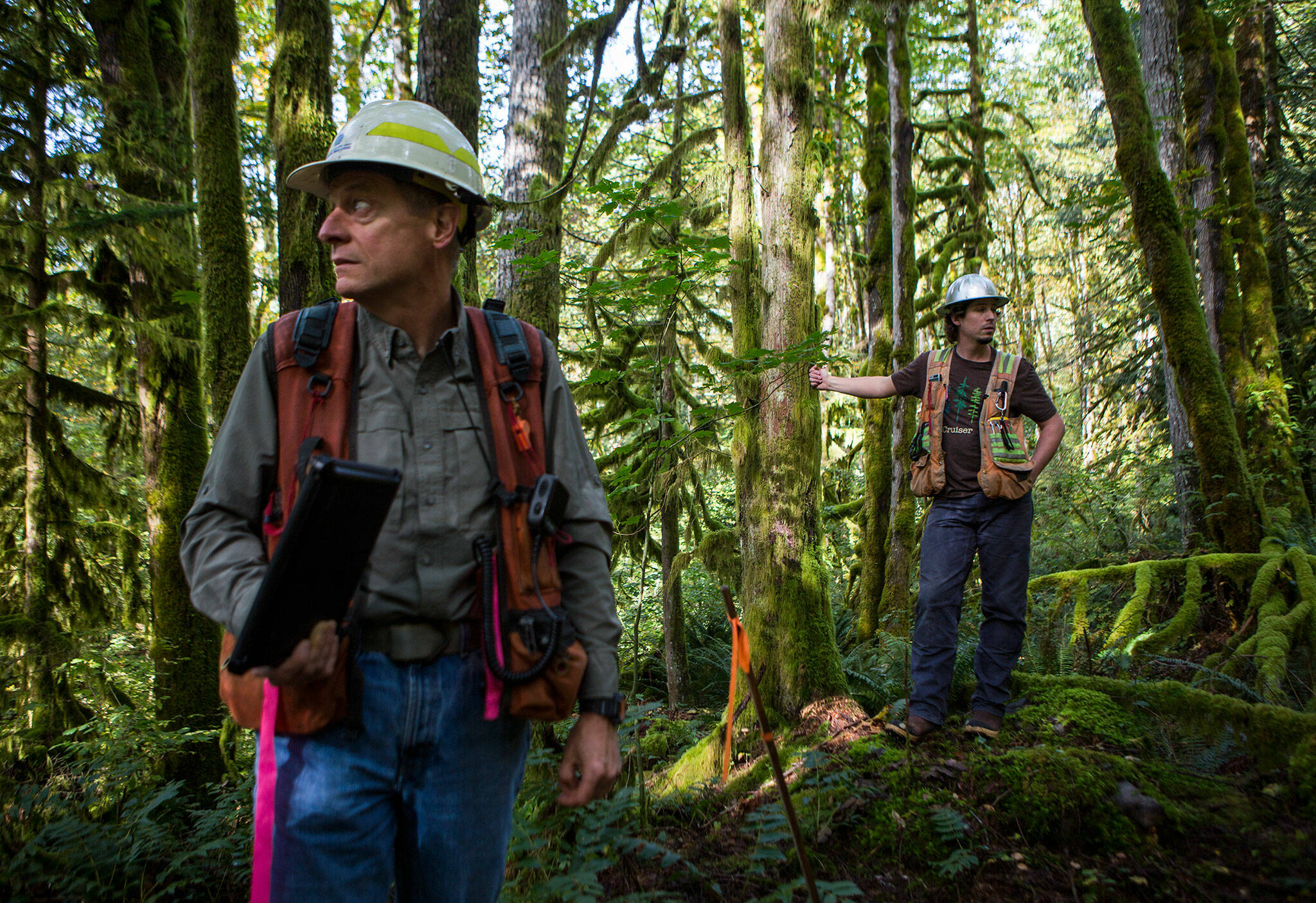By The Herald Editorial Board
Washington’s first auction of carbon offsets — the revenue-raising piece of the state’s Climate Commitment Act — brought in $300 million last week, with three more such auctions scheduled for later this year.
The purpose of the program is two-fold, encouraging industries and others that produce carbon dioxide and other pollutants that contribute to climate change to find ways to reduce those pollutants by putting a price on them, and at the same time using that revenue to fund projects that support a range of climate solutions and efforts to improve air quality for communities struggling with air pollution.
The program’s first auction set a price per metric-ton of carbon at $48.50 for each “allowance,” applied to more than 6.1 million tons of carbon dioxide.
The auction’s initial success should encourage an already growing market for providing those carbon offsets — for example by planting trees — and it’s a market open to private companies, governments and nonprofit organizations. But at the moment, one of the largest owners of land in Washington state suitable for such carbon-credit “farming” is locked out of that market: the state itself and its land manager, the Department of Natural Resources.
Legislation that has passed the House and is now being considered in the Senate — House Bill 1789 — would change that, providing a desperately needed infusion of cash for the department’s efforts in reforestation and other land stewardship that would sequester carbon and restore forest and aquatic habitat.
Public Lands Commissioner Hilary Franz, DNR’s chief, told the House’s Capital Budget committee last month that current law has left the agency on an uneven playing field with those who can offer carbon credits for auction. The DNR can lease land for those uses but can’t itself join in producing and benefiting from those credits, even as it sells timber and other marketable products to generate revenue that is used to build public schools and universities and is shared with participating counties and other local governments.
“DNR is limited in our ability to use one of the best tools available to achieve the goals of the Climate Commitment Act, selling carbon credits,” Franz said. “That’s right; we can sell timber, we can sell hops, we can sell wheat, we can sell shellfish and geoducks. We can even sell marijuana. But we cannot sell carbon.”
The legislation would allow the agency to enter into contracts for such projects, including reforestation of state lands burned in wildfires, and returning currently fallow state lands to productive working forests.
In the last decade, wildfires have burned more than 138,000 acres of land under DNR management. Even with significant state funding for the agency’s work on forest health, management and resilience, it has only been able to complete reforestation on about 20 percent of that land, Franz said during the hearing.
“We don’t have the funding to reforest it,” she said. Allowing DNR to tap into the carbon credit market could make the agency less reliant on the funding provided through the state’s general fund and capital budget for that work and would allow it to accelerate that work.
Earlier, some had raised concerns that the legislation could hurt the state’s logging and mill industries and their rural communities. But before its passage in the House, the legislation was amended to require that it result in no net loss in sustainable harvest volume for the first 10 years and deliver a net increase in sustainable harvest in following years, especially as currently fallow lands are returned to timber production rather than being lost to housing and other development, the DNR chief said.
With those assurances, the legislation found bipartisan support in the House, passing 82-13.
While the Climate Commitment Act’s cap-and-invest program will raise revenue for important environmental and climate work, the larger goal is to encourage industries to reduce their emissions over time. Each year, the cap — the amount of carbon allowed to be emitted — will be reduced, with the goal of reducing emissions 95 percent by 2050, Crosscut reported last week.
California, on which Washington’s carbon-credit auction program is based, was able to meet its goal of reducing greenhouse gas emissions to levels last seen in 1990, achieving that reduction four years ahead of schedule. At the same time, California will need even greater efforts to meet its goal for 2030 of 40 percent below 1990 levels, its clean air agency said.
The importance of those reductions gets new emphasis frequently. Monday, the latest report from the United Nations Intergovernmental Panel on Climate Change warned that the world is now likely to miss its target of limiting global warming to 1.5 degrees Celsius by 2030. Beyond that point, its scientists predict, climate disasters — heat waves, droughts, floods and more — will become too extreme for many regions to adapt and prepare for adequately.
We have surpassed the point where action at any level can be dismissed as insignificant.
A seemingly simple change in policy — allowing the state’s Department of Natural Resources to participate in selling the carbon credits it produces — can support the market and speed its work to restore forestlands and other habitat.
Talk to us
> Give us your news tips.
> Send us a letter to the editor.
> More Herald contact information.

























